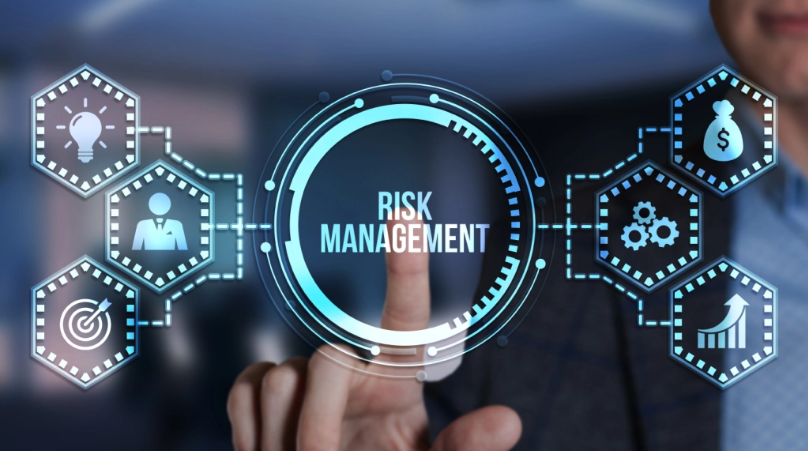Enterprise Risk Management: A Comprehensive Guide for Business Success
In today’s volatile business environment, managing risks effectively is crucial for ensuring long-term success and sustainability. At JVB & Co., we specialize in providing the best Enterprise Risk Management (ERM) services, helping organizations identify, assess, and mitigate risks. This blog delves into the essentials of ERM, its components, key objectives, and the importance of implementing an ERM framework.
What Is Enterprise Risk Management (ERM)?
Enterprise Risk Management (ERM) is a structured and continuous process utilized by organizations to identify, assess, manage, and monitor risks that could potentially affect their objectives and operations. Unlike traditional risk management, which often addresses risks in silos, ERM provides a holistic approach to risk management, integrating it into the organization’s overall strategy and decision-making processes. ERM encompasses all types of risks, including financial, operational, strategic, compliance, and reputational risks.
Components of Enterprise Risk Management
- Risk Identification: The process of identifying potential risks that could affect the organization’s objectives. This involves analyzing internal and external factors, reviewing past incidents, and anticipating future challenges.
- Risk Assessment: Once risks are identified, they are assessed in terms of their likelihood and potential impact. This helps prioritize risks and allocate resources effectively.
- Risk Mitigation: Developing strategies and actions to minimize the impact of identified risks. This includes implementing controls, policies, and procedures to reduce risk exposure.
- Risk Monitoring: Continuous monitoring of risks and the effectiveness of mitigation strategies. This involves regular reviews, audits, and reporting to ensure that risk management activities are effective and up-to-date.
- Risk Reporting: Communicating risk-related information to stakeholders, including management, board members, and external parties. Effective reporting ensures transparency and informed decision-making.
Key Objectives of an ERM Framework
- Protecting Assets and Resources: Ensuring the safety and security of the organization’s assets, resources, and personnel.
- Enhancing Decision-Making: Providing a structured approach to risk assessment, enabling better-informed decisions.
- Compliance and Legal Adherence: Ensuring compliance with regulatory requirements and avoiding legal penalties.
- Improving Operational Efficiency: Identifying and addressing operational inefficiencies and vulnerabilities.
- Building Resilience: Enhancing the organization’s ability to respond to and recover from adverse events.
- Creating Value: Supporting the achievement of strategic objectives and promoting sustainable growth.

Why ERM is Essential to Manage Risk for Business Success
- Proactive Risk Management: ERM allows businesses to anticipate and prepare for potential risks, reducing the likelihood of unexpected disruptions.
- Strategic Alignment: Integrating risk management into the strategic planning process ensures that risk considerations are embedded in all major business decisions.
- Regulatory Compliance: ERM helps organizations stay compliant with laws and regulations, avoiding costly fines and reputational damage.
- Enhanced Stakeholder Confidence: Demonstrating a robust risk management framework can increase confidence among investors, customers, and other stakeholders.
- Operational Efficiency: By identifying and mitigating risks early, businesses can avoid costly disruptions and maintain smooth operations.
- Competitive Advantage: Organizations with strong ERM frameworks are better positioned to seize opportunities and navigate challenges, giving them a competitive edge in the market.
Conclusion
Implementing a robust Enterprise Risk Management framework is essential for any organization aiming for long-term success and sustainability. At JVB & Co., we are committed to helping businesses develop and implement effective ERM strategies tailored to their unique needs. Contact us today to learn more about how our ERM services can help your organization thrive in an uncertain world.
